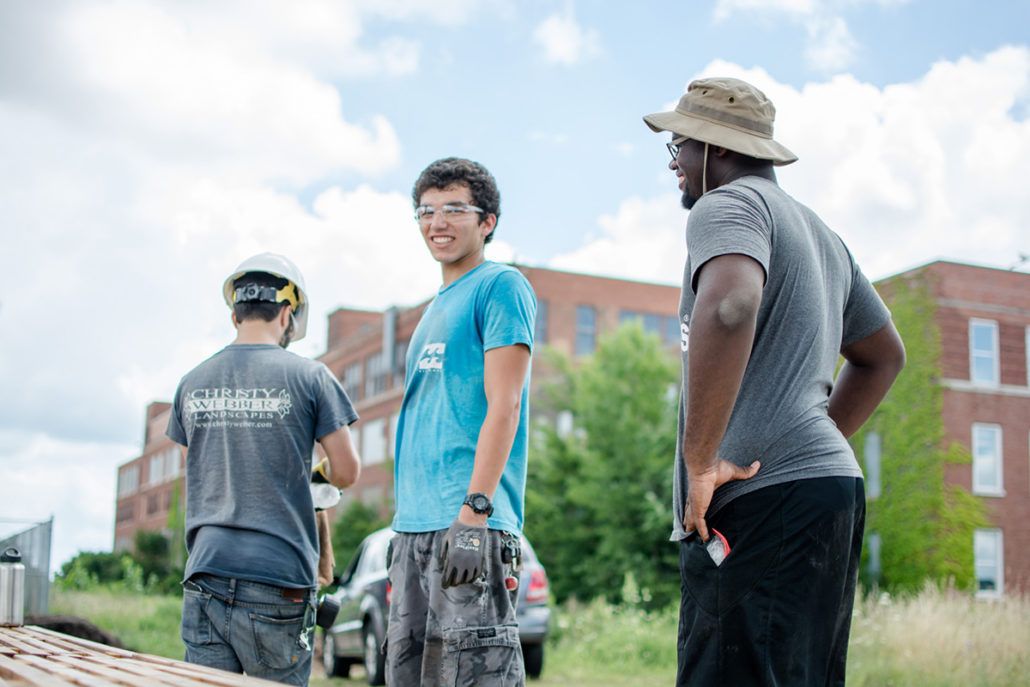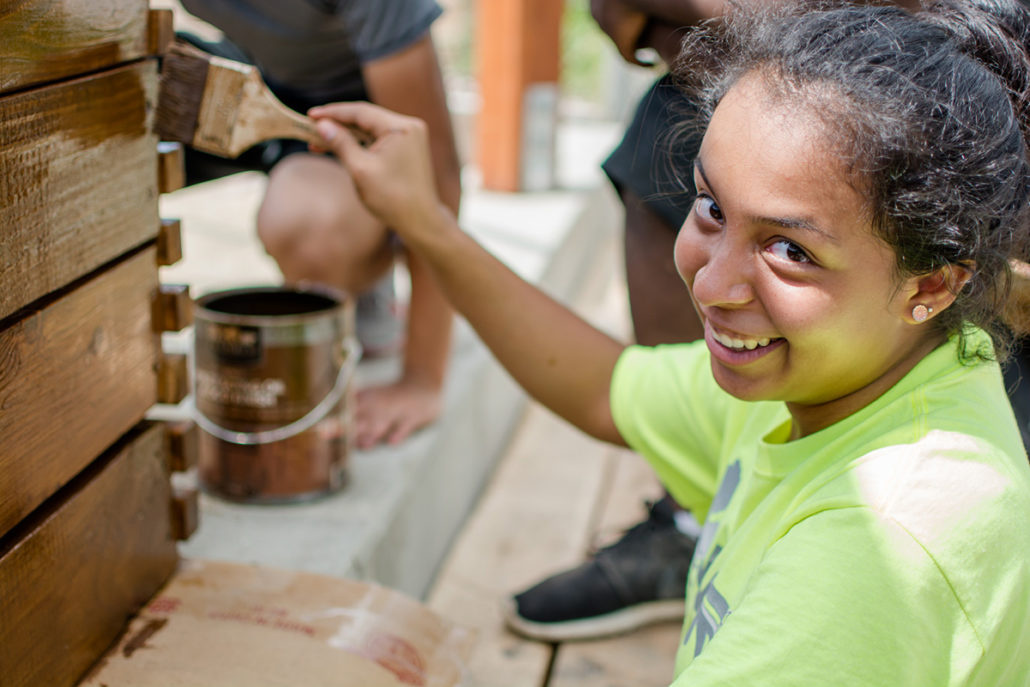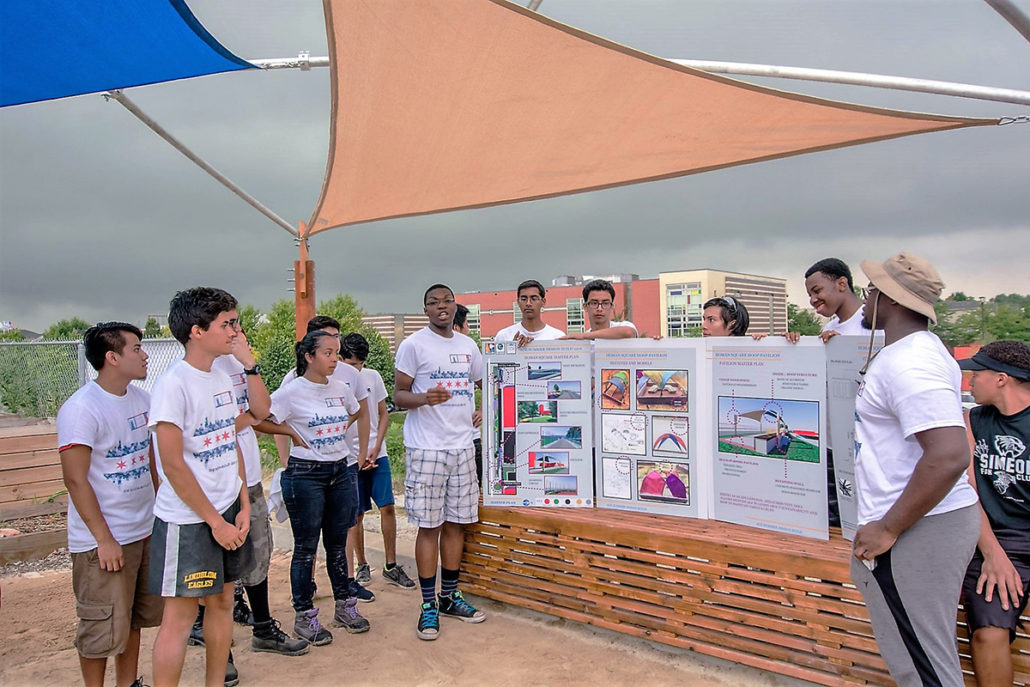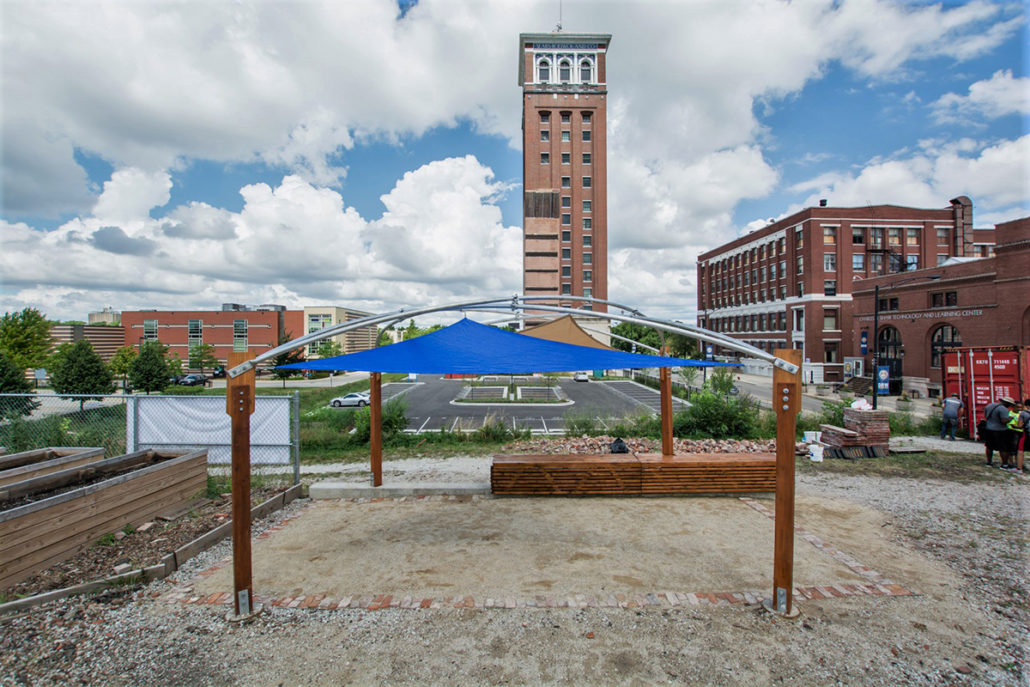Scholarships and Career Resources for Students of Color
(via Curbed)
In reporting last year on the state of race and architecture, we attempted to focus on rooting out ways to help foster a more inclusive, diverse, and creative profession. Consider this resource list a tool to find and create such opportunities, and to make connections that benefit both aspiring architects and working professionals.
The programs below, from student summer camps to professional seminars, address both the pipeline problem in architecture and the historic lack of leadership roles for architects of color. This list of scholarships, mentor programs, volunteer opportunities, and professional organizations will always be a work in progress, and we’re keen to add more—so please send any noteworthy additions to curbed@curbed.com or drop suggestions in the comments.
Student groups & youth programs
Project Pipeline
Sponsored and organized by the National Organization of Minority Architects, this summer camp gives minority youth insight and experience with architecture via workshops and activities led by professional volunteers. Those interested in attending can begin registration via email; camps are currently scheduled for New Orleans, San Francisco, Washington, D.C., Philadelphia, Los Angeles, and Chicago.
The ACE (Architecture, Construction, Engineering) Mentor Program
The ACE Mentor Program provides pre-college students with real-world exposure to professionals, and has demonstrated great success in preparing minority students to study and practice architecture. The program is free of charge and offers scholarships to alumni.
In addition, the Association of Collegiate Schools of Architecture and the American Institute of Architecture Students both maintain exhaustive list of summer programs, many focused on high school students interested in the profession. Most programs offer some need-based scholarships and financial aid. For those considering higher education, the ACSA also hosts a Virtual Career Expo that links prospective students with university representatives.
These one-week camps introduce youth to architecture, urban planning, creative place making, and economic development through the lens of hip-hop culture. Founder and instructor Mike Fordbelieves the hip-hop generation “will champion this new vernacular, and rely on our love for hip-hop coupled with our architectural knowledge, to build our communities and increase the number of minority practitioners.” Free and open to students ages 10-17 who complete the application process, the camps use hip-hop culture as an entryway to learn about S.T.E.A.M. (science, technology, engineering, art and mathematics) topics.
NAACP ACT-SO Initiative
ACT-SO—which stands for Afro-Academic, Cultural, Technological, and Scientific Olympics—is a year-long achievement program put on by the National Association for the Advancement of Colored People. High school students work with mentors to develop projects in 29 competition areas, including architecture. Students can select up to three topics in which to compete. Competitions begin at a local level, with winners advancing to a national stage.




